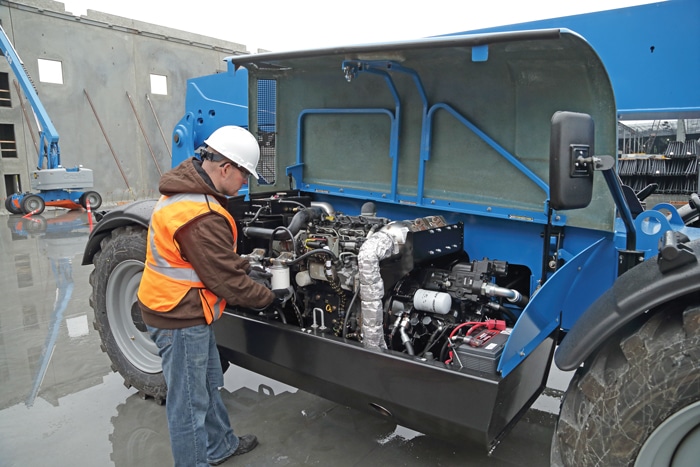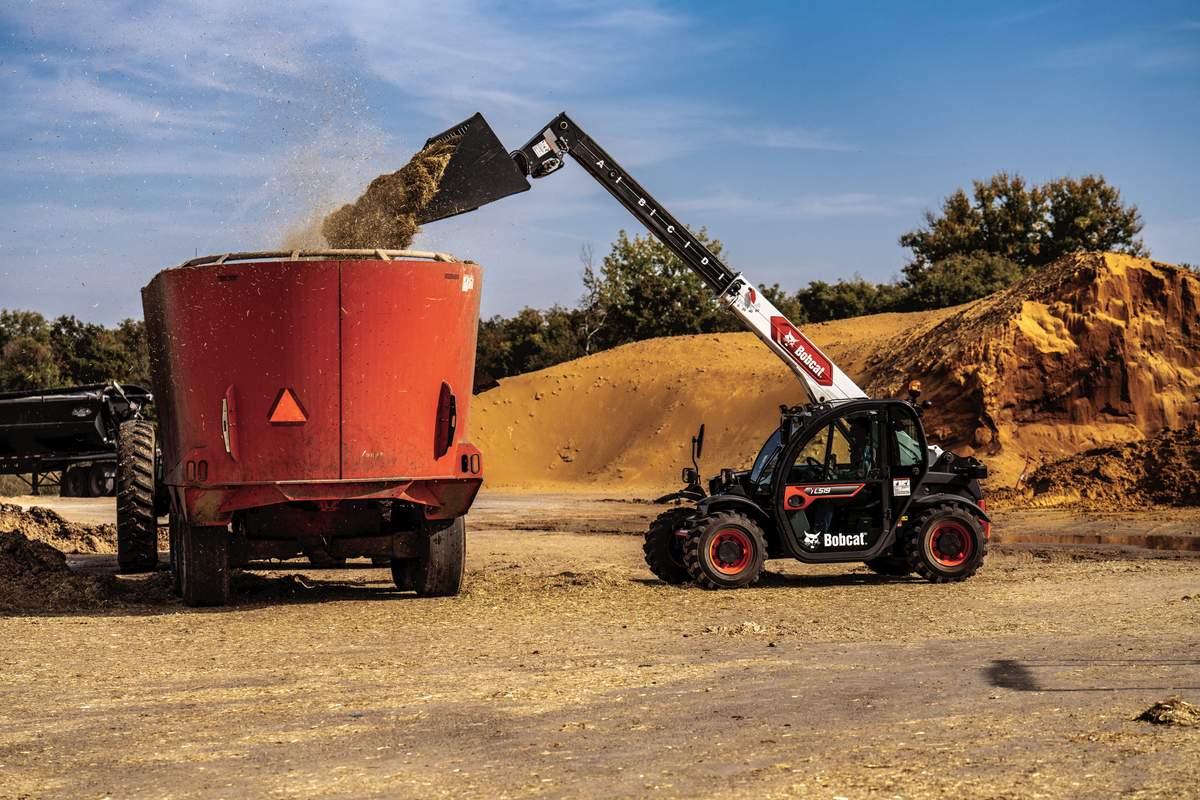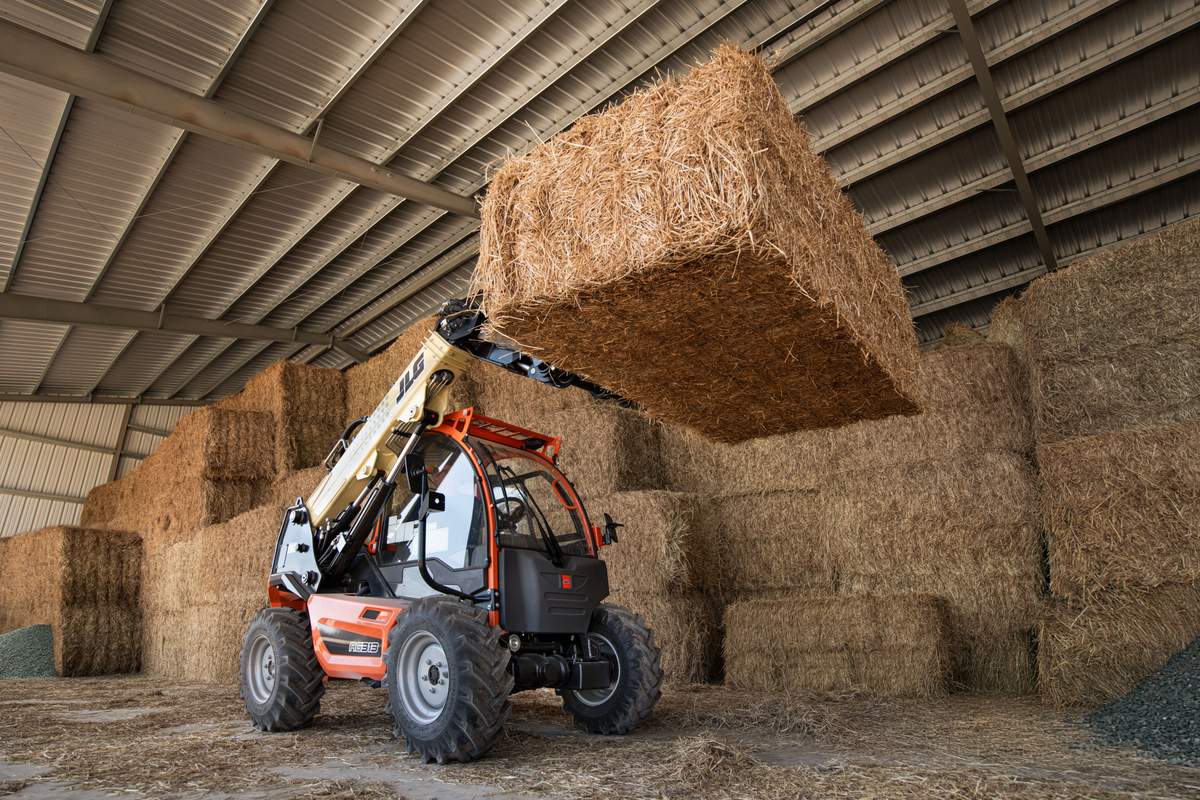Tips and insights for renting a quality compact telehandler
Compact or smaller telehandlers are ideal tools to have on jobsites because they offer operators the ability to maneuver and place loads into precise locations while reaching up and over construction obstacles. They can be positioned and repositioned quickly and easily. These features combined enable contractors to do more jobs with only one machine. Many contractors prefer to rent telehandlers because it ensures having the right-sized unit available for each job. And as any savvy contractor knows, having the right machine onsite can increase productivity and profitability. To make sure you are renting the right compact telehandler for the job, you should know the basics, ask lots of questions and look for ways to maximize your investment. Here are a few simple tips to make renting a compact telehandler easy.
Know the Basics
Because compact telehandlers are not specialized machines, but rather boast all-around versatility you can increase your utilization rates without increasing your rental costs. A compact telehandler’s ability to lift, move and place jobsite materials effectively and efficiently is important to your bottom line on a project. Your rental dealer needs some important information from you to match the right machine and attachments with the job. Before heading to the rental shop to choose a compact telehandler, you should be able to answer these five questions:
1) What do I need to lift and how much does it weigh? To make sure the compact telehandler is able to lift the materials you need placed, your rental dealer will need to consult the machine’s load charts to compare its lift capacity to the size and weight of your load.
2) How high do I need to lift the load? A compact telehandler’s lifting height will be indicated on the machine’s spec sheet. It is important to check that the machine is able to lift the materials you need placed into position.
3) How far forward do I need to place the load? Forward reach is another measurement to carefully check on a compact telehandler’s spec sheet. Like lifting height, you and your rental dealer need to know that the machine is able to reach the materials you need placed into position.
4) Where the machine will be working? Factors to consider when answering this question include: the size of the jobsite which will indicate how small, or how big, of a telehandler will fit onsite; are the ground conditions paved or undeveloped which will influence the type of tires a compact telehandler will need to be outfitted with, as well as if you will need four-wheel drive capabilities; the time of year are you operating in will influence the type of cab needed, ROPs or enclosed, and what features, like heat or air conditioning; the time of day you will be working will tell you if you need working lights to illuminate the jobsite; and, if the machine will be traveling down the road, you will need a unit outfitted with a road lights package.
5) What attachments do you need? Compact telehandlers have the ability to use a variety of attachments to add job flexibility and improve efficiency. Make sure the machine is outfitted with a quick-attach system to allow operators to easily change out attachments in seconds without having to leave the cab. Also, compact telehandlers should be plumbed with auxiliary hydraulics to meet the hydraulic requirements of the attachments you are using.

What happens if maintenance problems occur while on the jobsite? If something happens, you should immediately call your rental dealer to come and inspect the machine.
Ask Lots of Questions
Once you have given your rental dealer the specifics about your jobsite and machine needs, it’s your turn to ask the questions. It is also important for you to understand the specifics about the compact telehandler you are renting.
First question to ask: What type of training and certification does your rental dealer offer? Given that these machines enable crews to pick-and-carry loads, as well as to reach out and place objects, anyone who will be operating the compact telehandler must complete training and achieve certification to safely use the unit. Your rental dealer should be able to offer you a variety of training and certification options to meet your needs. One method available to you is Genie Lift Pro, which offers an online training component that meets ANSI, OSHA and CSA requirements so you and your crew can begin training anytime and complete at your own pace.
Another question to ask: How old is the machine? You want to rent the most current machine available because it will have the latest technology, safety features and productivity enhancements. For example, compact telehandlers should to be equipped with features that enhance the machine’s versatility and safe operation, such as low-pivot boom design to provide good operator visibility of the jobsite around the machine, as well as influence the operator’s productivity, such as an adjustable suspension seat and an ergonomic operator’s station.
Next question to ask: Who is responsible for daily machine maintenance? The machine you rent should be ‘rental ready.” This means that your rental dealer should have performed all the necessary maintenance tasks and tune ups before it is delivered to your jobsite. Renters are often responsible for all of the daily maintenance tasks listed in the manufacturer’s owner’s manual, which includes checking the machine’s fluid levels — fuel, oil and antifreeze — as well as greasing the machine every morning and washing down the unit at the end of the day.
Be sure to ask: What happens if mechanical or maintenance problems occur while the compact telehandler is on the jobsite? If something happens, you should immediately call your rental dealer to come and inspect the machine and, if possible, fix the machine in the field. If necessary, your dealer should pull the faulty unit and get another compact telehandler to your jobsite as soon as possible.
A final question to ask your dealer: What attachments are available with the rental? Compact telehandlers are designed to meet the needs of a variety of jobs, including construction, masonry, residential landscape and oil and gas applications, to name a few. To handle such a broad range of work, most compact telehandlers are built to do more around jobsites thanks to their ability to run a multitude of attachments, including augers, blades, brooms, buckets, forks and snowblowers. Your rental dealer should counsel you about the different types and sizes of attachments available that could help complete the task at hand, as well as other jobs that need to be completed around the site.
Maximize Your Investment
Rental rates for compact telehandlers vary depending on several factors, including the length of the rental contract, the age of the machine, the need for additional attachments, the area of the country and the time of year. Book rate for compact telehandler rentals typically run between $250 to $500 for a one-day rental, $750 to $1,500 for a week rental and $2,000 to $4,000 for a month rental. At the end of the day, what is most important for you to remember when renting a compact telehandler is to work closely with your rental dealer to set the right expectations for the rental and to guarantee that it will be a good return on the contractor’s investment.
Chad Hislop is the product management director for Terex Aerial Work Platforms, based in Redmond, Wash.




